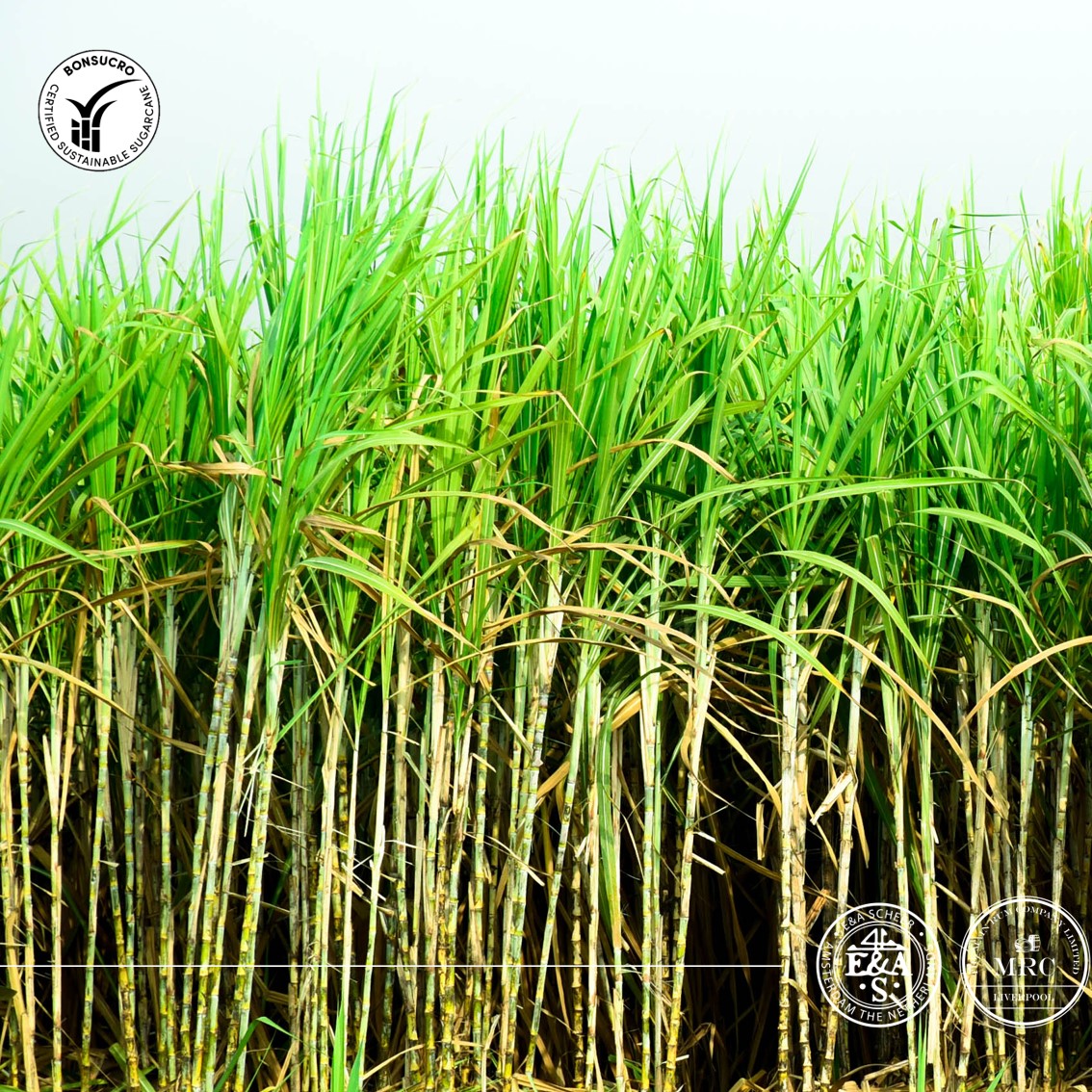The Role of Terroir in Rum Production

The Role of Terroir in Rum Production
Terroir, a term often linked with wine, is now making waves in the world of Rum. The influence of terroir on Rum production is becoming more pronounced, as market demand for unique and innovative qualities continues to grow. From the soil and climate to the sugarcane variety and local fermentation practices, terroir can become a driving force in shaping Rum's flavour profile.
Understanding terroir in Rum production
What is terroir in Rum?
In Rum production, the concept of terroir encompasses the environmental and cultural factors that influence the cultivation of sugarcane in the Rum-making process. These factors include the soil composition, climate, topography, and traditional practices unique to the region where the sugarcane is grown and processed. Terroir can vary not only between different countries but also between different regions or even individual farms within the same country. This variability in terroir contributes to the distinctive characteristics of the Rum, affecting its flavour profile and overall quality.
The influence of soil and climate
Soil and climate are one of the contributing factors to Rum terroir. Different types of soil, such as sandy, clayey, or volcanic, can affect the sugar content and overall health of the sugarcane. Climate factors like temperature, rainfall, and humidity also play a role in the growth cycle of the cane and the development of flavour compounds.

Terroir and the process of Rum-making
Depending on the Rum type, terroir can play a significant role in the final Rum products, impacting almost all stages of the Rum production process.
Harvesting and processing sugarcane
The Rum-making process starts with the harvesting of sugarcane, which serves as the primary raw material. Sugarcane thrives in tropical climates characterised by high humidity and rich, well-drained soils, conditions that are crucial for optimal growth. The type of soil in which the sugarcane is cultivated plays a significant role in shaping the flavour profile of the final Rum product.
Once harvested, the sugarcane undergoes processing, where it is either pressed to extract sugarcane juice or boiled to produce cane syrup and molasses. These raw materials—juice, syrup, or molasses—are then subjected to fermentation and distillation, key steps in the production of Rum.
Fermentation
Fermentation is the first stage in Rum production, where the length of the process and the type of yeast used play significant roles in determining the Rum's flavour profile. During fermentation, the influence of terroir becomes evident, as environmental factors shape the characteristics of the resulting Rum. For instance, in warmer climates, the fermentation process tends to be faster due to higher temperatures, which can lead to different flavour developments compared to fermentation in more temperate climates.
Distillation and ageing
Distillation is another key stage in Rum production, involving the separation of alcohol from other organic compounds present in the fermented sugarcane wash. Once distillation is complete, Rum often undergoes a maturation process in oak casks, allowing it to develop more complex flavours. While old Bourbon barrels are commonly used for ageing, the choice of ageing vessel can vary significantly between regions and distilleries.
During this process, the Rum interacts with the wood of the cask, absorbing flavours and developing greater depth and complexity. Factors such as the type of oak and any previous spirits aged in the casks contribute to the Rum's unique flavour profile. Additionally, the casks are typically toasted or charred before use, a process that enhances the exchange of flavours between the wood and the liquid, resulting in more distinctive and nuanced flavours.
The regional climate also plays a role in ageing the spirit. In warmer climates, the ageing process tends to accelerate, leading to a higher "angel's share"—the portion of alcohol lost to evaporation. Higher temperatures can also intensify the interaction between the wood and the Rum, further enhancing the development of the spirit's flavour.
Notable Rum-producing regions and their terroir
Certain regions are known worldwide for their Rum production operations. These are the Caribbean, Central America, South America, Africa, and countries in Asia/Europe. The most common denominator in their terroirs is the warm and sunny climate that supports photosynthesis in the sugar stalks, which in turn can lead to an increased yield. Furthermore, these regions often have soil rich in nutrients (such as potassium, phosphorus, and calcium), which can help ensure the optimal growth of the sugar crop.
Terroir and the modern Rum industry
Rum producers increasingly highlight the unique characteristics of their region's sugarcane and production methods through their products. This trend reflects a broader movement in the spirits industry toward embracing regional authenticity and distinctiveness.
There is also an increased focus on sustainable processes within the Rum industry, especially in sugarcane production. Platforms such as Bonsucro promote the responsible sourcing and production of sugarcane across the world. They help to halt the negative impact of sugarcane farming, such as deforestation, biodiversity loss, and worker exploitation. With the aim of turning sugarcane farming into a force of good, these organisations are working closely with Rum producers and brands worldwide to create an environment-focussed Rum industry.
Celebrating diversity through terroir-driven Rum
Terroir-driven Rums shed light on the expertise involved in making Rum. A brand's bottle or marketing story can reflect its origins, including the country where the sugar cane was grown and the environment that influenced its flavour. This connection to stories, place and tradition adds to Rum's versatility and appeals to aficionados and enthusiasts around the world. As the Rum industry evolves, the appreciation of these unique qualities is likely to increase and offer consumers a deeper insight and understanding of this diverse category of spirits.
Rum in bulk at E&A Scheer

Are you looking for large quantities of Rum from a specific origin? We can help you. At E&A Scheer, we source quality Rum from over 40 countries, all with unique flavour profiles. Apart from single-origin Rum, we also cater to the growing demand for unique flavours through blending. We blend Rum from various origins and/or different ages to create unique blends for our clients. With efficient lead times and a commitment to the best service, E&A Scheer is your trusted Rum supplier. To get started, try our Blending Tool to determine your desired Rum profile.
Frequently asked questions
What does terroir mean in spirits production?
Terroir refers to the surrounding environmental conditions that affect various stages of the spirit production process. For example, the soil on which the feedstock is grown is part of the terroir, as it affects the quality of the crop and, subsequently, the alcohol produced. A region's climate is also considered part of its terroir, especially in spirits that can age, such as Rum.






